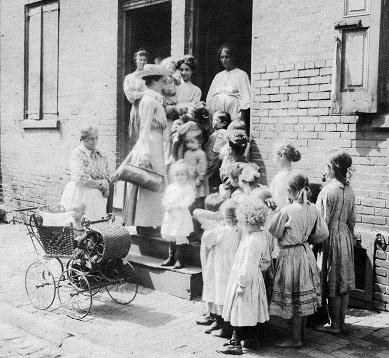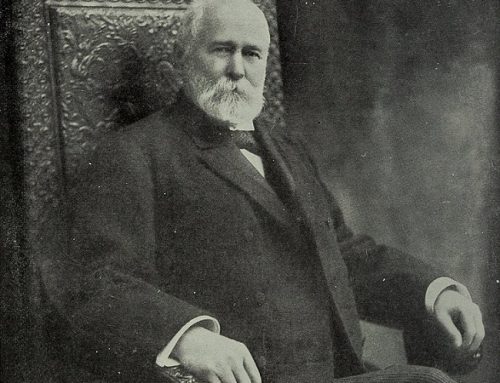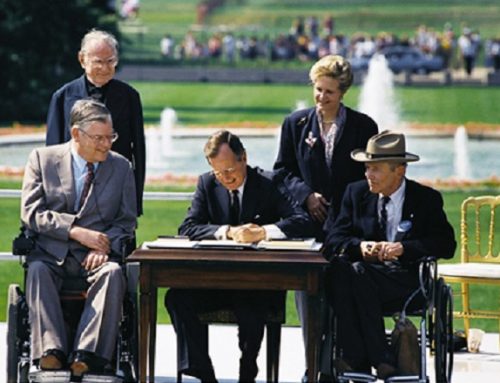In the United States, early home care was limited, despite Florence Nightingale’s definition of a district nurse as a “health missionary.” Moreover, it developed entirely in local and individual units, separate and almost completely unaware of each other. It was not until 1912 that these local associations entered national consciousness with the creation of the National Organization for Public Health Nursing. This association was created on the recommendation of a joint committee of the two older associations, although at the suggestion of a few leading public health nurses. Its most interesting feature was that it was composed of both nurses and nonprofessional members, because of the clearly recognized necessity for standardizing the administrative and financial aspects of the work as well as that of the technical services.
The National Public Health Nursing Organization arose out of the desire of public health nurses to control the practice and standards of the emerging field of public health nursing. By 1912 the number of public health nurses had grown to over 3,000 and their work was supported by private and public funds. The work has been accepted by the community and is much broader than caring for the sick at home. The public health nurses’ role had expanded to meet the needs of a growing American urban and rural population— public health nurses visited patients in the home and provided additional primary healthcare services.
In 1912, the National Organization of Public Health Nurses was founded with Lillian Wald as its first president. Wald coined the phrase “public health nurse.” Wald’s statement, “Our basic idea was that the nurse’s peculiar introduction to the patient and her organic relationship with a neighborhood should constitute the starting point for a universal service to the region,” defined public health nursing.
In the early part of the 20th century, based on this concept of care, Visiting Nurse Associations began in Buffalo, Boston, and Philadelphia. Boston was among the early pioneers in developing district nursing associations. These associations addressed and met the needs of poor sick children and those infected with diseases. Meeting the needs of the poor was an important aspect of public health nursing. Public health nursing began to be practiced in voluntary organizations such as the Red Cross and government agencies such as local and municipal health departments. In the mid-20th century, care moved from the home to the clinic, where nurses working in children’s clinics and vaccinations were administered to control infectious diseases such as tuberculosis.










